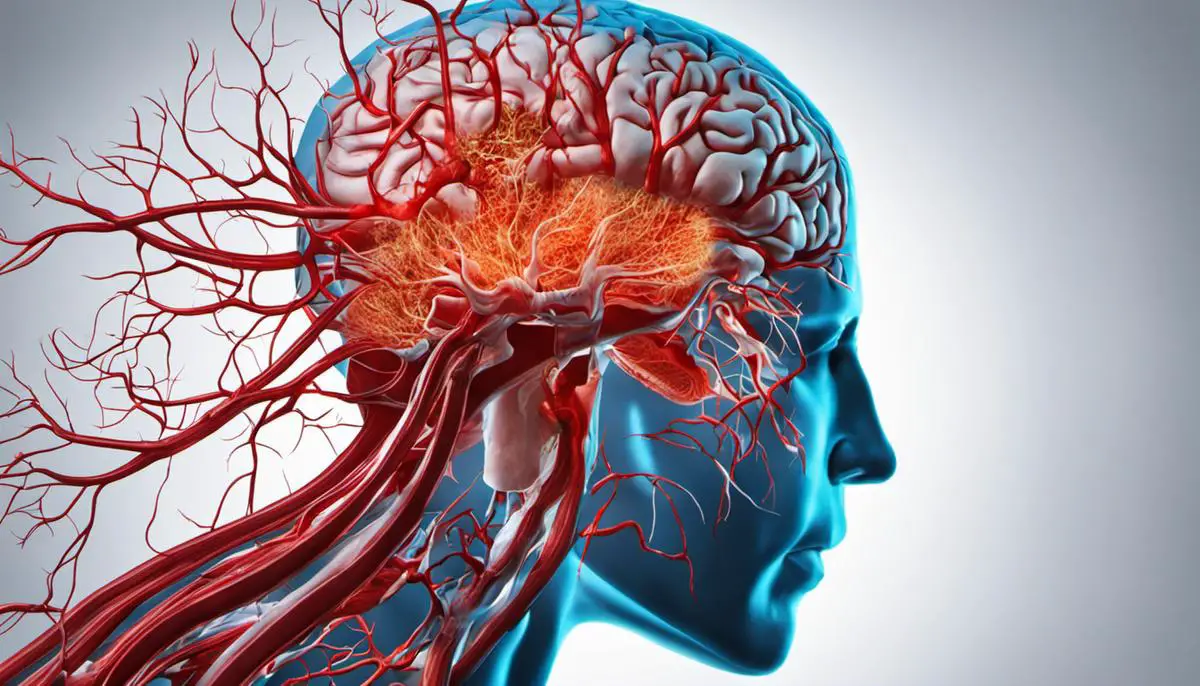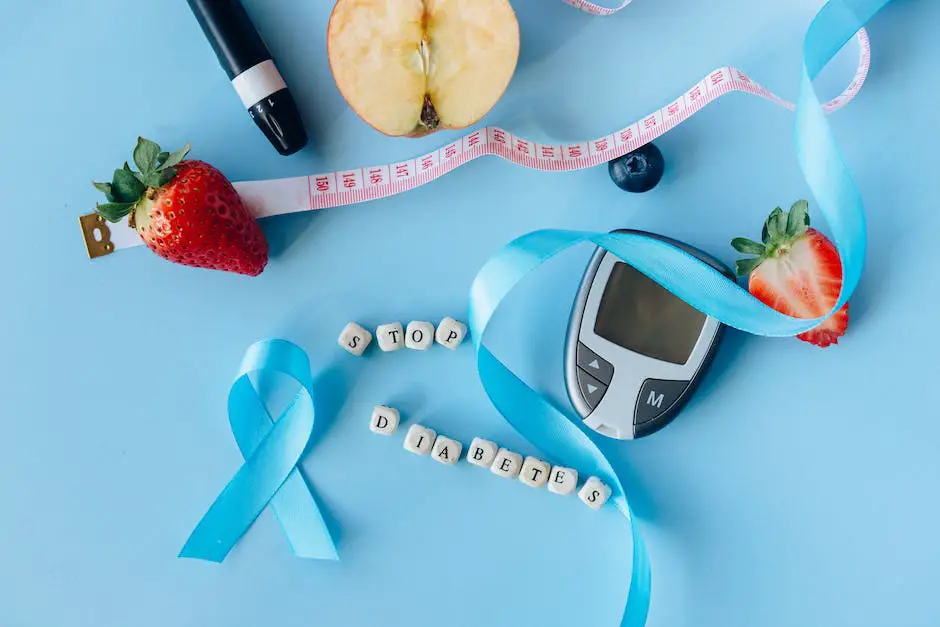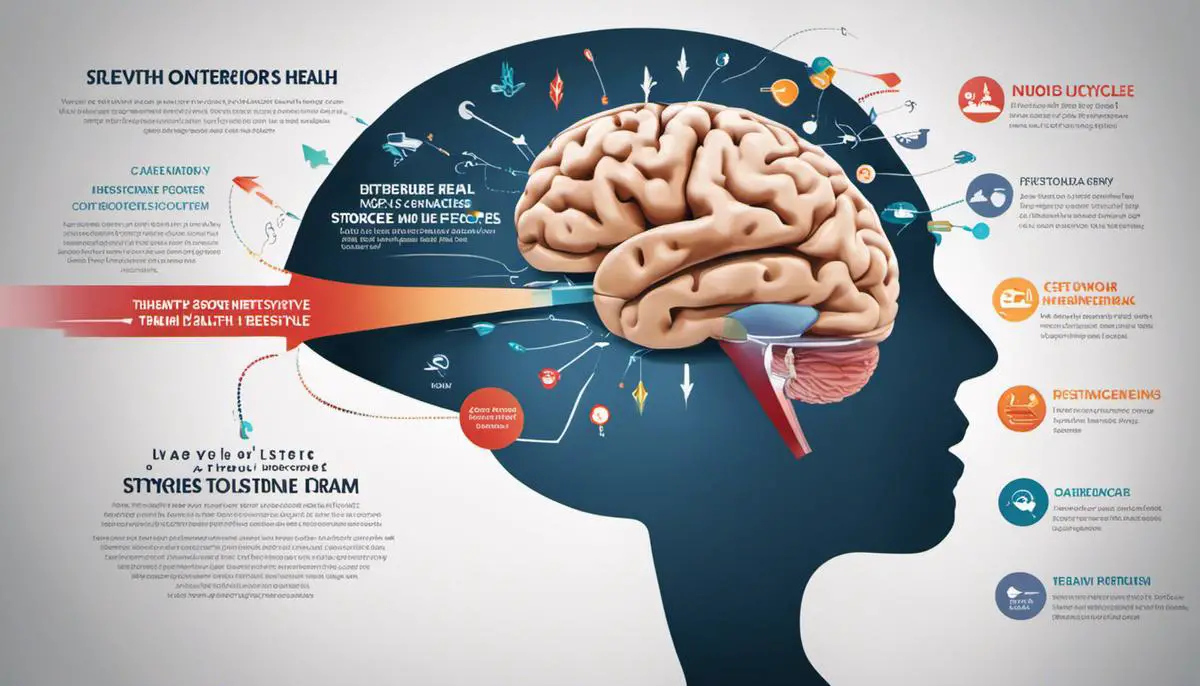Strokes are a major health concern that impacts millions of individuals worldwide every year, significantly altering their lives. As the population ages, the incidence of stroke is likely to increase, making it all the more important to have an informed understanding of this life-threatening condition and the preventive measures available. This comprehensive exploration delves into the medical landscape of strokes, the role of anticoagulants, also known as blood thinners, in their prevention, and the practical considerations in living with these medications. Arming oneself with knowledge is the first step in a proactive approach towards health – a journey that starts with comprehending strokes, appreciating the vital function of blood thinners, and acknowledging the lifestyle changes necessitated by these medications.
Understanding Strokes
Understanding Strokes
A stroke occurs when blood flow to a part of the brain is interrupted or significantly reduced. This halting of blood flow inhibits brain tissue from receiving oxygen and nutrients, causing cells to die. There are two major types of strokes: ischemic and hemorrhagic. Ischemic strokes are more common, and occur when blood clots or other particles block blood vessels to the brain. Hemorrhagic strokes manifest when a blood vessel leaks or ruptures, consequently causing a disruption to brain function.
Population Susceptible to Strokes
Strokes can occur at any age, but the risk increases significantly with age. Individuals over 65 years constitute the highest risk demographic. Other risk factors that can contribute to stroke include hypertension, smoking, diabetes, high cholesterol, obesity, a history of heart disease, and family history of strokes.
Impacts of Strokes on Health and Lifestyle
Depending on what part of the brain is affected and the extent of the damage, strokes can lead to serious health and lifestyle changes. Physical and motor functions can be impaired, leading to paralysis or muscle weakness, especially on one side of the body. Cognitive abilities, such as memory, attention, and problem-solving, can also be impacted. Many stroke survivors experience emotional changes and difficulties with communication and swallowing.
Stroke Prevention Strategies: Introduction to Blood Thinners
One of the common methods used in stroke prevention is employing blood thinners, also known as anticoagulants. Blood thinners work by reducing the formation of blood clots, which is the leading cause of ischemic strokes. By reducing clot formation, the risk of having a stroke is significantly lowered.
Risk-to-Reward Ratio of Blood Thinners
Although blood thinners play a crucial role in preventing ischemic strokes, they also come with potential risks. The most common risk is excessive bleeding, as the blood’s ability to clot is reduced. Even a minor injury could lead to significant blood loss. Further, certain types of blood thinners could potentially interact negatively with other medications, leading to possible health complications.
Despite these risks, the benefits of preventing a debilitating or potentially lethal stroke usually outweigh them. The use of these medications is always done under careful medical supervision, with regular blood tests to monitor the patient’s response to the medication. A thorough discussion of individual risk factors and lifestyle considerations is essential.
To conclude, exploring the complexity of strokes—understanding the risk factors, the variety of types, the potential health impacts and lifestyle changes, and most importantly, the prevention strategies—can play an indispensable role in reducing the chances of encountering this severe health condition. Comprehending the effectiveness and usage of blood thinners could be instrumental in plotting a risk prevention strategy for those who stand on the precipice of this threat.

Introduction to Blood Thinners
The Role of Blood Thinners in Mitigating Stroke Risks
Blood thinners, often referred to as anticoagulants, are medications designed to halt the formation of blood clots. Blood clots, in essence, are aggregations of blood cells which our body produces to stem bleeding. But when these clots form unexpectedly within blood vessels, it can impeded blood flow, leading to acute health crises like strokes.
Typically, our bodies are remarkable in maintaining the balance of blood clotting. In response to an injury, our body produces a blood clot to stop the bleeding. Once the wound is healed, the body instinctively breaks down and removes the clot. However, when the delicate balance is disrupted and the clotting becomes excessive, it can kickstart the process of unwanted clot formation.
Anticoagulants function in a multitude of ways to reduce your blood’s proclivity to form clots. While some disrupt the process involved in the formation of these troublesome clots, others inhibit the proteins necessary for blood to clot in the first place. By destabilizing these processes, blood thinners can effectively play a part in lowering the risk of strokes in people with certain medical conditions that spur clot formation.
Different Types of Blood Thinners
There are two main types of blood thinners: Antiplatelet drugs and Anticoagulant drugs. Antiplatelets, such as aspirin, prevent the platelets in the blood from clumping together to form a clot. Anticoagulants, like warfarin, directly target the proteins required for blood clotting to prevent the formation of clots.
Newer types of anticoagulants known as Novel Oral Anticoagulants (NOACs) work by blocking specific clotting factors. Examples of NOACs include rivaroxaban, apixaban, dabigatran, and edoxaban. These have been developed with fewer food and drug interactions, making them easier to take and manage compared to older blood thinners like warfarin. However, they do have their own unique side effects and precautions.
Blood Thinners and Stroke Prevention
Medical professionals often prescribe blood thinners to individuals at risk of stroke due to conditions such as atrial fibrillation (irregular heartbeat) or deep vein thrombosis (DVT). By reducing the body’s ability to form blood clots, these medications can prevent a clot from blocking blood flow to the brain, which is the primary cause of stroke. In this way, blood thinners can help to lower the risk of stroke significantly.
The lifestyle changes and other medical treatments alongside the blood thinner medication also play a vital role in stroke prevention, such as participation in regular physical activity, maintenance of a healthy weight, control of blood pressure and cholesterol, cessation of smoking, and healthy eating habits.
Recognized for their key role in reducing the risk of a stroke, blood thinners can be essential medication for certain patients, despite their associated risks, such as excessive bleeding. Consequently, anyone using blood thinners needs careful and consistent monitoring. It’s vital that a healthcare professional is involved in their use, helping to weigh the advantages against any potential dangers, all tailored specifically to each individual patient’s circumstances.

Blood Thinners in Stroke Prevention
The Role of Blood Thinners in Preventing Strokes
Known also as anticoagulants, blood thinners hold a significant place in stroke prevention. The root cause of most strokes is typically the formation of blood clots that block blood flow to the brain. It’s here that anticoagulants step in, as they are designed to decrease the formation of these blood clots in arteries and veins, thus helping to stop a stroke before it happens.
Our bodies are naturally equipped to form clots as a defensive mechanism to cease bleeding post-injury. However, complications arise when these clots form within blood vessels and fail to disintegrate as expected, leading to blockage of blood flow to the brain and potential stroke. Blood thinners intervene in this process by altering specific proteins within the body, working to hinder clotting, thereby directly working to reduce the risk of strokes.
Effectiveness of Blood Thinners in Stroke Prevention
Blood thinners are quite effective in preventing ischemic strokes, which are strokes that occur due to blood clots. Studies show that blood thinners can reduce the risk of stroke in patients with atrial fibrillation, a heart condition that increases the chances of clot formation, by up to 70%.
However, effectiveness varies based on numerous factors, including the patient’s adherence to the prescribed regimen, their overall health, other medications and supplements they may be taking, and their diet. Alcohol can especially diminish the efficacy of some blood thinners.
Potential Risks and Side Effects of Blood Thinners
While blood thinners are effective, they are not without risks. The most common side effect is bleeding. It can occur in any body part and can be severe, even life threatening in certain situations. Minor injuries can also lead to bleeding episodes due to the reduced clotting ability of the blood.
Some individuals can also experience allergic reactions, dizziness, weakness, or headache. Less frequently, these medicines can lead to thrombocytopenia, a condition marked by low platelet count. Regular blood tests are necessary in individuals taking these medicines to monitor their impact on the body and adjust the dosage if required.
A Look at Why Doctors Prescribe Blood Thinners
The process of prescribing a blood thinner entails a thorough assessment of the benefits and risks it involves. Multiple factors come into play in this decision, like the patient’s age, overall health, history of clotting or bleeding disorders, lifestyle habits, and current medications.
Those with a high risk of stroke due to conditions such as atrial fibrillation, or a history of previous strokes, are often considered for blood thinning treatment. Conversely, patients with a high bleeding risk, like those battling ulcers, certain types of cancer, or a history of severe hemorrhage, are usually not recommended this medication.
Meticulous follow-ups and monitoring form the backbone of successful blood thinning therapy. It’s crucial for those on these medications to stay in tune with their body, report any abnormal bleeding, and keep up with regular blood tests as suggested by their doctor.

Photo by joshuahanson43 on Unsplash
Living with Blood Thinners
A Closer Examination of Blood Thinners for Stroke Prevention
Blood thinners, professionally known as anticoagulants, are drugs specifically crafted to reduce the blood’s clotting ability. This helps to prevent the formation of blood clots that could potentially lead to a stroke. If your risk of stroke is deemed high, your healthcare provider may advise the inclusion of blood thinners as a part of your preventative care regimen.
Diet Considerations
Blood thinners may interact with certain foods, affecting the medication’s effectiveness. Vitamin K, for instance, is known to play a key role in blood clotting. Eating foods rich in Vitamin K–such as green leafy vegetables, broccoli, brussels sprouts, and certain oils–while taking certain blood thinners may lessen the effectiveness of the medication. However, you don’t have to eliminate these foods altogether. Maintaining a steady intake and keeping your diet consistent is key. It’s essential to discuss your dietary habits with your doctor or a dietitian to understand how your diet might influence your medication effectiveness.
Alcohol Use
Alcohol presents another area of concern when on blood thinners. It can increase the medication’s blood-thinning effect, which can increase your risk of bleeding. On the other hand, heavy drinking increases the risk of blood clots, countering the effect of blood thinners. Therefore, it’s advisable to moderate alcohol consumption when on these medications. Always consult with your medical provider about safe levels of alcohol with your prescribed blood thinner.
Managing Side Effects
Like any medication, blood thinners can come with side effects. These may include easy bruising, prolonged bleeding from cuts, bleeding gums, frequent nosebleeds, and heavy menstrual periods for women. If you experience severe or unusual bleeding, such as vomiting blood or having blood in your urine or stool, you should seek medical attention immediately as these can be signs of severe internal bleeding. It’s important to communicate with your healthcare provider about any side effects and to take the medication exactly as prescribed to avoid any complications.
Importance of Consistent Medication Adherence
Consistency in taking your medication is crucial. Blood thinners must be taken as prescribed to maintain the correct amount of medication in the body to prevent clot formation. Irregularly taking your blood thinner or skipping doses increases the risk of blood clots. On the other hand, taking more than prescribed can lead to excessive bleeding. It’s important to take the medication at the same time every day and to refill the prescription promptly. If a dose is missed, contact your healthcare provider for instructions instead of doubling up the dose.
Physical Activity
Maintaining an active lifestyle is highly encouraged for overall health. However, those on blood thinners should avoid activities that pose a significant risk of injury or bleeding. Safe activities might include walking, cycling, and swimming. High-contact sports or activities with a high fall risk might be avoided.
Living with blood thinners requires mindful attention to various lifestyle factors, including diet, alcohol consumption, side effect management, consistent medication adherence, and engaging in safe physical activities. Regular communication with your healthcare provider is also essential to ensure the safe and effective use of blood thinners.

Indeed, the significance of blood thinners in stroke prevention cannot be overstated. Understanding their mode of operation and acknowledging the lifestyle adjustments warranted by their use can empower us to approach this health concern proactively. Already, these medications have shown to be life-changing for many susceptible to recurrent strokes, offering them greater autonomy over their health. However, it is crucial to remember that stroke prevention necessitates a comprehensive approach, and blood thinners are just part of the equation. The roles of dietary habits, physical activity, and regular check-ups with healthcare providers also hold undeniable importance. By staying informed, taking precautions, and living mindfully, we can contribute towards our well-being, and in the broad stroke of things, a healthier society.
